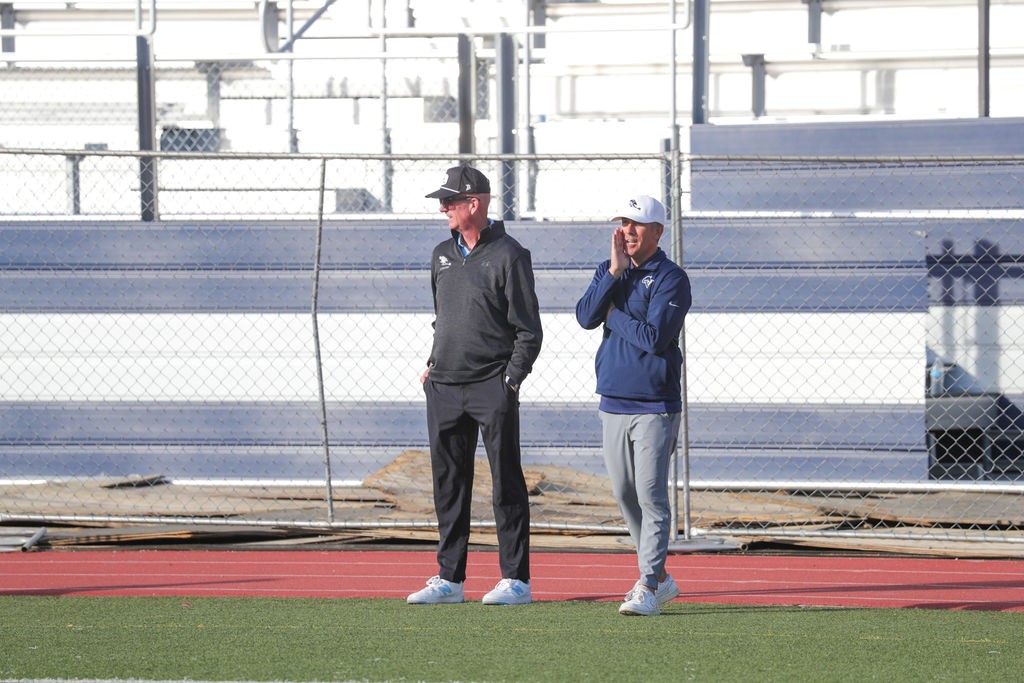Dev_Megabyte
September 9, 2025

As a mental performance coach, I’ve seen firsthand how mindset shapes success more than raw talent or physical ability. To illustrate this, let me share two stories—one fictional but all too common, the other very real.
Two high school basketball players—let’s call them Jake and Marcus—started on the same freshman team. Both had natural athletic ability, a love for the game, and supportive coaches. But over the course of their careers, their paths went in very different directions.
Jake was talented right away. He scored easily, earned starting minutes, and was praised as “the natural.” But Jake hated making mistakes. If a teammate outperformed him, he’d sulk. When coaches pushed him to improve his defense, Jake brushed it off: “That’s just not my game.”
By junior year, Jake’s progress stalled. He avoided extra training because he didn’t like struggling in front of others. He relied on his natural gifts, but when the competition got tougher, his confidence cracked. By senior year, younger players had passed him on the depth chart.
Marcus, on the other hand, wasn’t the star at first. He sat the bench, missed layups, and struggled to keep up with faster players. But he had one thing going for him: a growth mindset. Instead of saying, “I’m not good enough,” he told himself, “I’m not good enough yet.”
Marcus stayed after practice to work on his shot. He asked coaches for feedback, studied game film, and learned from every mistake. By junior year, he wasn’t just improving—he was thriving. By senior year, Marcus was team captain, leading not only in stats but in grit and resilience.
This isn’t just a story that plays out in high school gyms. It’s also the story of one of the greatest athletes in history—Michael Jordan.
As a sophomore in high school, Jordan tried out for the varsity basketball team. To his shock, he didn’t make the cut. A fixed mindset could have told him: “I’m not good enough. I guess I’ll never be a varsity player.” Many players in his situation quit right there.
But Jordan chose the growth mindset path. Instead of giving up, he turned rejection into fuel. He practiced relentlessly—before school, after school, and often late into the night. That season, he dominated on the JV team. By the next year, he was on varsity and quickly became one of the best players in the state.
Jordan carried that mindset into college, where he hit the game-winning shot in the 1982 NCAA championship game, and later into the NBA, where he became a six-time champion. Even in the pros, Jordan saw failure as a teacher. As he once put it:
“I’ve missed more than 9,000 shots in my career. I’ve lost almost 300 games. Twenty-six times, I’ve been trusted to take the game-winning shot and missed. I’ve failed over and over and over again in my life. And that is why I succeed.”
Jake and Marcus show us the impact of mindset at the youth level. Michael Jordan shows us what’s possible when that same mindset is carried into adulthood and greatness.
A fixed mindset says: “This is who I am—nothing more.”
A growth mindset says: “This is who I am—and I can always become more.”
The truth is, your mindset determines whether challenges will shrink your potential or unlock it.
The next time you face a setback, pause and ask:
1. What’s the lesson here?
2. How can this experience make me better?
3. What action step will I take to grow from it?
Write down your answers. Over time, you’ll build the habit of reframing challenges as opportunities.
Like Marcus, you don’t need to start as the best—you just need to believe you can grow. And like Michael Jordan, even the greatest athletes in history succeed not because they never fail, but because they learn from failure and use it to fuel their growth.
Your mindset is the difference between plateauing and reaching your potential. The choice is yours: fixed or growth?
Hi, this is a comment.
To get started with moderating, editing, and deleting comments, please visit the Comments screen in the dashboard.
Commenter avatars come from Gravatar.